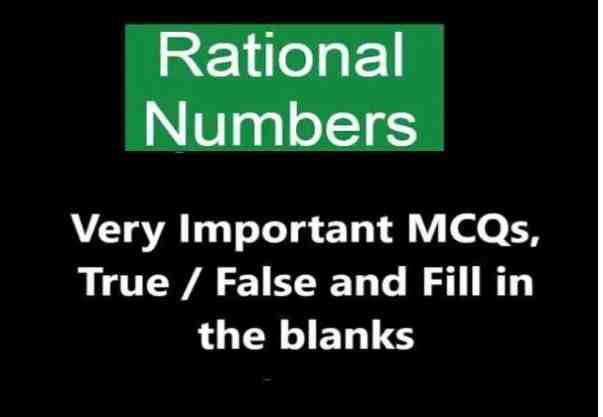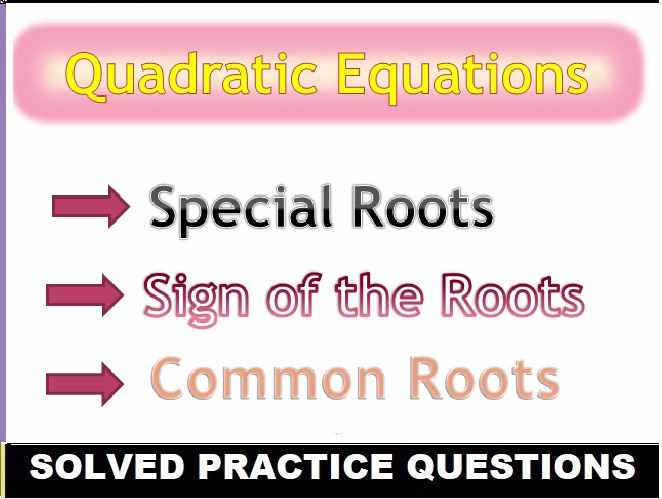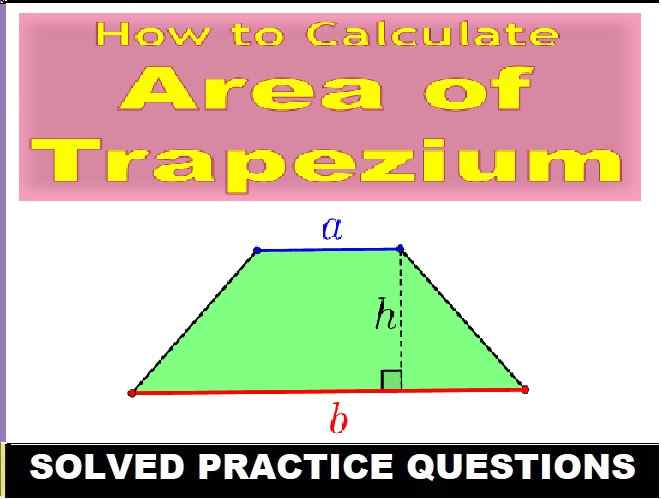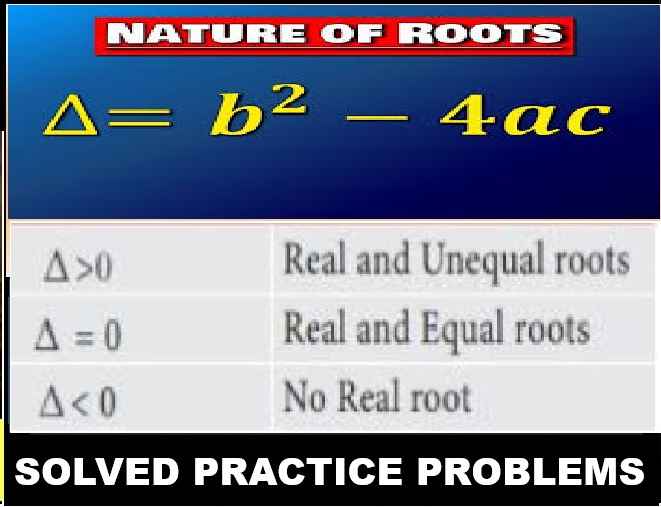Rational Numbers MCQs Class 8 RS Aggarwal Exe-1E Goyal Brothers Prakashan ICSE Foundation Maths Solutions. Ch-1. We provides step by step solutions of famous publications textbook for ICSE board. Our Solutions contain all type Questions to develop skill and confidence. Visit official Website CISCE for detail information about ICSE Board Class-8 Mathematics.

Rational Numbers MCQs Class 8 RS Aggarwal Exe-1E Goyal Brothers ICSE Maths Solutions
| Board | ICSE |
| Publications | Goyal Brothers Prakshan |
| Subject | Maths |
| Class | 8th |
| writer | RS Aggarwal |
| Book Name | Foundation |
| Topics | MCQs on Rational Numbers |
| Edition | 2024-2025 |
MCQs on Rational Numbers
Rational Numbers Class 8 RS Aggarwal Exe-1E Goyal Brothers Prakashan ICSE Foundation Maths Solutions. Ch-1
Page- 24,25
Exercise- 1E
(MCQs on Rational Numbers)
Multiple Choice Questions :
Que-1: A number of the form p/q is said to be rational number if
(a) p and q are whole numbers and q ≠ 0.
(b) p is a whole number and q is a natural number.
(c) p and q are integers and q ≠ 0.
(d) p and q are integers and p ≠ 0, q ≠ 0.
Solution- (c) p and q are integers and q ≠ 0.
Reason :
Que-2: The additive inverse -5/12 is
(a) 5/12 (b) 12/5 (c) -12/5 (d) 2/15
Solution- (a) 5/12
Reason : Additive inverse simply means changing the sign of the number and adding it to the original number to get an answer equal to 0.
Que-3: The multiplicative inverse of -5/12 is
(a) 5/12 (b) 12/5 (c) -12/5 (d) 2/15
Solution- (c) -12/5
Reason : The multiplicative inverse of a fraction a/b is b/a.
Que-4: The product of additive inverse and multiplicative inverse of -1/4 is
(a) 1 (b) -1 (c) 0 (d) -1/16
Solution- (b) -1
Reason : Additive inverse of -1/4 = 1/4
The multiplicative inverse of -1/4 = -4
So, the product is 1/4 x -4 = -1
Que-5: The reciprocal of a negative rational number
(a) is a positive rational number
(b) is a negative rational number
(c) can be either a positive or a negative rational number.
(d) does not exist
Solution- (b) is a negative rational number
Reason :
Que-6: Which rational number are equal to their reciprocals?
(a) 0,1 (b) -1,0 (c) -1,1 (d) -1,0
Solution- (c) -1,1
Reason : because reciprocal of -1/1 is -1/1.
Que-7: Which of the following expressions show that rational numbers are associative under under multiplication ?
(a) 4/5 x [-6/7 x 8/9] = [4/5 x -6/7] x 8/9
(b) 4/5 x [-6/7 x 8/9] = 4/5 x [8/9 x -6/7]
(c) 4/5 x [6/7 x 8/9] = [8/9 x 4/5] x -6/7
(d) [4/5 x -6/7] x 8/9 = [-6/7 x 4/5] x 8/9
Solution- (a) 4/5 x [-6/7 x 8/9] = [4/5 x -6/7] x 8/9
Reason : 2/3×(−6/7×35/) = (2/3×−6/7)×3/5
Associative property states that if a, b and c are three rational numbers, then
(a×b)×c = a×(b×c).
Hence the expression:
2/3×(−6/7×3/5) = (2/3×−6/7)×3/5
represents associative property.
Que-8: 1/4 X [2/5 + (-5/6)] = ?
(a) [-1/4 x 2/5] + [-1/4 x (-5/6)]
(b) [-1/4 x 2/5] – [-5/6]
(c) 2/5 + (-1/4) x (-5/6)
(d) [2/5 + (-5/6)] – 1/4
Solution- (a) [-1/4 x 2/5] + [-1/4 x (-5/6)]
Reason : [-1/4 x 2/5] + [-1/4 x (-5/6)]
Que-9: By what rational number should -5/24 be multiplied to get 10?
(a) 12 (b) -12 (c) 48 (d) -48
Solution- (d) -48
Reason : Let that number be x
A.T.Q
x × -5/24 = 10
-5x/24 = 10
-5x = 24 × 10
-5x = 240
-x = 240/5
-x = 48
x = -48
Que-10- What should be added to -3/4 to get 7/6?
(a) 11/24 (b) 9/24 (c) 10/25 (d) 23/12
Solution- (d) 23/12
Reason : the least common multiple of 6 and 4, which is 12.
Now, convert both fractions to have a denominator of 12:
7/6 = (7/6) * (2/2) = 14/12
3/4 = (3/4) * (3/3) = 9/12
Now, add them:
14/12 + 9/12 = 23/12
Que-11: What should be subtracted from -7/8 so as to get 5/12 ?
(a) 31/24 (b) 8/5 (c) -31/24 (d) -6/8
Solution- (c) -31/24
Reason :we can subtract 5/12 from −7/8.
So, the calculation is:
−7/8 − 5/12
To subtract these fractions, we need to find a common denominator, which is 24 in this case (the least common multiple of 8 and 12)
(−7/8 − 5/12)
= −21/24 − 10/24
= (−21−10)/24
= -31/24
Que-12: The sum of two rational number is -3. If one of the number is -7/5, then the other number is
(a) -8/5 (b) 8/5 (c) -6/5 (d) 6/5
Solution- (a) -8/5
Reason : Let the other number be y.
Sum of two rational number = -3
= -7/5 + y = -3
y = -3 – (-7/5)
y = [-15 – (-7)]/5
y = (-15+7)/5
y = -8/5
Que-13: The product of two numbers is -16/35. If one of the number is -15/14, then the other is
(a) -2/5 (b) -8/3 (c) 8/15 (d) 32/75
Solution- (d) 32/75
Reason : We have been given that product of two numbers = (-16 / 35)
One of the numbers = (-15 / 14)
Let us assume that the other number is ‘a’.
According to our given condition,
( -15/14 ) x a = (-16 / 35)
a = (-16 / 35) / ( -15/14 )
a = (- 16 x 14) / (35 x -15)
a = 224/525 = 32/75
∴ The other number is 32/75.
Que-14: Which of the following number is in standard form?
(a) -12/26 (b) -49/70 (c) -9/16 (d) 28/-105
Solution- (c) -9/16
Reason :
Que-15: (-9/16 x 8/15) = ?
(a) -3/10 (b) -4/15 (c) -9/25 (d) -2/5
Solution- (a) -3/10
Reason : −9/16 × 8/15
= (−9×8)/(16×15)
= −72/240
= (−72÷24)/(240÷24)
= −3/10
Que-16: [-5/9 ÷ 2/3] = ?
(a) -5/2 (b) -5/6 (c) -10/27 (d) -6/5
Solution- (b) -5/6
Reason : So, we have:
= −5/9÷2/3
= (−5/9×3/2)
Now, let’s simplify this expression:
= (−5/9×3/2)
= (−5×3)/(9×2)
= −15/18 = -5/6
Que-17: 4/9 ÷ ? = -8/15
(a) -32/45 (b) -8/5 (c) -9/10 (d) -5/6
Solution- (d) -5/6
Reason : Let the fraction which divides 4/9 be ‘f’.
According to the question,
4/9 ÷ f = -8/15
f = 4/9 ÷ -8/15
f = (4/9) × (-15/8)
f = -(4×15)/(9×8)
f = -(5)/(3×2)
f = -5/6
Que-18: Between any two given rational numbers we can find
(a) one and only one rational number (b) only two rational number
(c) only ten rational number (d) infinitely many rational numbers
Solution- (d) infinitely many rational numbers
Que-19: A rational number between 1/5 and 1/2 is
(a) 1/10 (b) 1/20 (c) 7/10 (d) 7/20
Solution- (d) 7/20
Reason : average
= (1/5+1/2)/2
Calculating this:
= (2/10+5/10)/2
= (7/10)/2
= 7/20
Que-20: Identify a rational number between 1/3 and 4/5
(a) 1/4 (b) 9/10 (c) 17/30 (d) 1*(7/10)
Solution- (c) 17/30
Reason : The average of 1/3 and 4/5 is:
= (1/3+4/5)/2
Calculating this:
= (5/15+12/15)/2
= (17/15)/2
= 17/30
Que-21: The arrangement of rational numbers -7/10, 5/-8, 2/-3, in ascending order is
(a) 2/-3, 5/-8, -7/10 (b) -7/10, 2/-3, 5/-8 (c) 5/-8, -7/10, 2/-3 (d) -7/10, 5/-8, 2/-3
Solution- (b) -7/10, 2/-3, 5/-8
Reason : Given rational numbers are −7/10, 5/−8, 2/−3
∴ LCM of 10, 8, 3 is 120.
So, (−7×12)/(10×12), (5×15)/(−8×15), (2×40)/(−3×40)
= −84/120, 75/−120, 80/−120
= −84/120, −75/120, −80/120
Since, denominators are same so ascending order of numerators are – 84, -80, -75
Hence, −84/120 < −80/120 < −75/120
i.e. −7/10 < 2/−3 < 5/−8
— : End of Rational Numbers MCQs Class 8 RS Aggarwal Exe-1E Goyal Brothers Prakashan:–
Return to :- ICSE Class -8 RS Aggarwal Goyal Brothers Math Solutions
Thanks
Please share with yours friends if you find it helpful.


